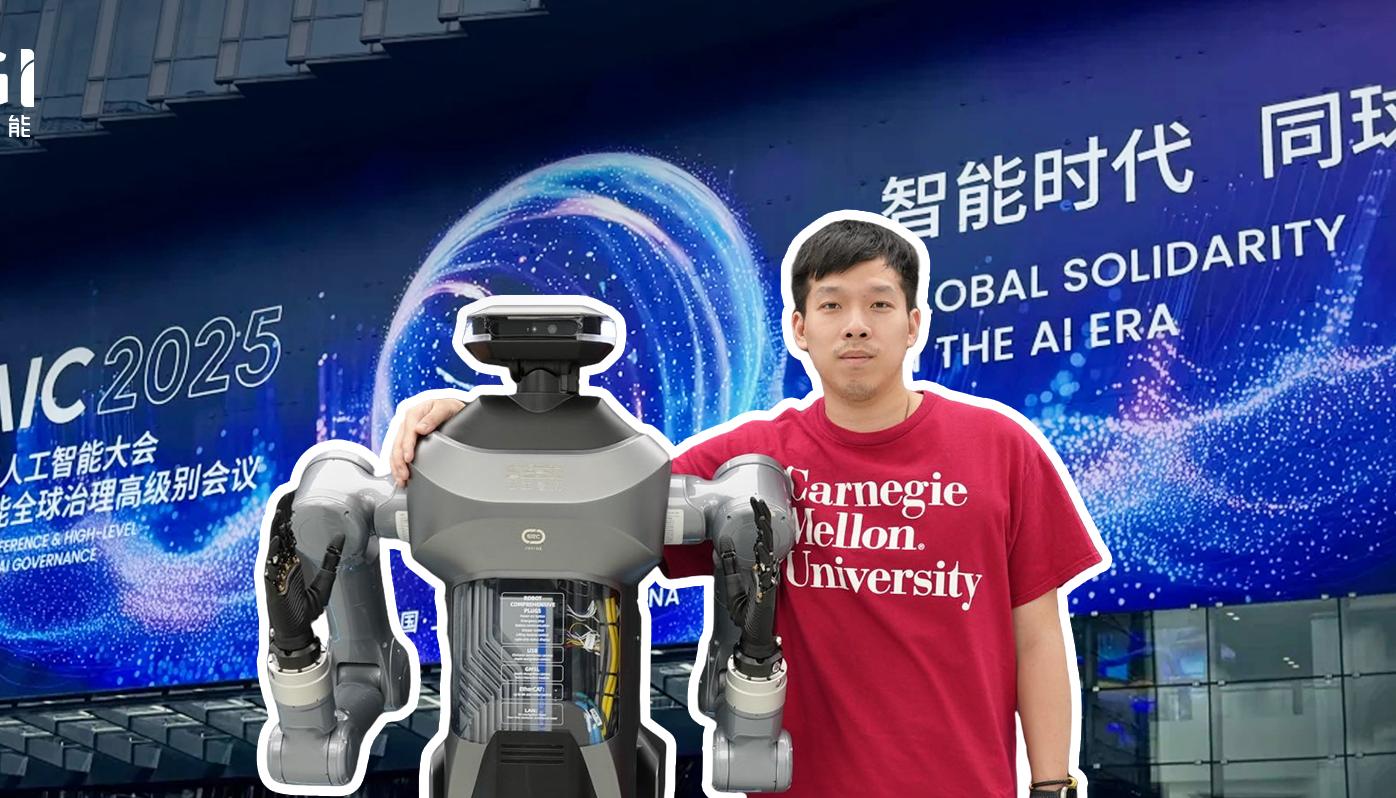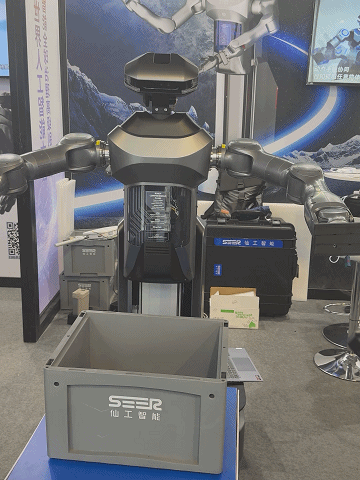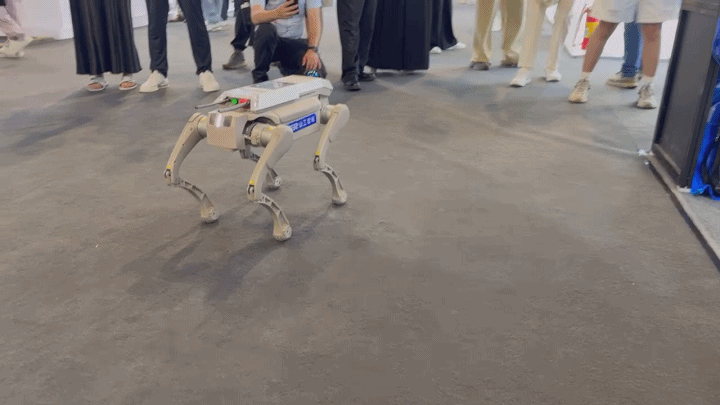DATE: 2025/07/29
Insights from WAIC 2025: Reflections by Mr. Ye Yangsheng
“5 hours of live-streamed exploration, 2 days of in-depth dialogue, 30,000 steps per day, 40+ LLMs, 90+ robots… Let’s talk about what I witnessed at WAIC 2025.”
— Ye Yangsheng, Co-founder of SEER Robotics

Wheeled Humanoid Robots: The Eve of Explosion Has Arrived
At WAIC 2025, real-world applications of wheeled humanoid robots far outnumbered those of bipedal humanoids.
While bipedal models continue to demonstrate walking and dancing, wheeled humanoids have already entered practical scenarios—moving boxes, picking goods, folding clothes, or even playing mahjong as a companion—integrating deeply into both industrial and everyday environments.
Market signals indicate that wheeled humanoid robots are approaching a critical inflection point, similar to mobile robots in 2018. Drawing a parallel to mobile robotics:
🌟 2014–2015: Emergence of startups
🌟 2018–2019: Explosive phase of technology validation
🌟 Post-2020: Mature supply chains drove large-scale adoption
Wheeled humanoids are following this trajectory and have now entered the technology validation phase. Pilot applications are expected to emerge next year, with stable deployment possible within 2–3 years.
SEER Robotics has committed to the wheeled humanoid direction since day one.
At WAIC 2025, SEER Robotics demonstrated highly precise and smooth material handling using wheeled humanoid robots. The core enabler is their robust "brain"—the SRC-5000, an all-in-one controller developed by SEER Robotics specifically for embodied intelligence. It supports fully integrated control of the humanoid’s “hands, eyes, and legs” with millisecond-level coordination, ensuring high precision and fluid motion.

Wheeled-Legged Quadrupeds: The Optimal Balance of Efficiency and Stability
Another major highlight was the wide array of robotic dogs—handling waste, performing area inspections, interactive shows, and even rescue operations.
With SEER Robotics’ controller onboard, the quadruped robot transforms into an autonomous inspection warrior—mapping the 3D environment of the expo hall in real time and navigating autonomously without remote control.
The trend toward wheeled-legged configurations is clear. Several models performed impressively on stairs and inclines, maintaining stability while drastically improving efficiency. This hybrid structure enables superior obstacle negotiation and high-speed mobility, covering up to 90% of use cases efficiently—positioning it as a likely mainstream form factor.
SEER Robotics remains focused on control systems, integrating autonomous navigation and motion control to provide robotic dogs with a powerful “brain,” translating performative moves into industrial-grade capabilities.

Technical Challenges Awaiting Breakthrough
The Dual-Arm Dilemma: Idle Luxury?
In retail demo zones—among the most common at WAIC—humanoid robots often execute tasks like opening cabinets or picking items with only one arm, while the other remains idle.
This prompts reflection: Are traditional dual-arm composite robots truly necessary for these scenarios? In actual applications, practicality trumps complexity. Efficiency rules. A single arm may, in fact, be more suited to the task.
Dexterous Hands: The Struggle of Coordination
Dexterous robotic hands typically exceed six degrees of freedom, dramatically increasing coordination complexity. Currently, they face three major hurdles:
1. Lack of mature technical models
2. Insufficient real-world data
3. Unclear application scenarios
True application of dexterous hands may still rely on future breakthroughs in large model technologies.
The Teleoperation Illusion: The Reality Behind 30% Success Rates
Data collection for teleoperated humanoid robots is difficult and often inaccurate. For example, the absence of wrist joints means collected motion data deviates significantly from human biomechanics, leading to non-representative datasets.
Moreover, most current systems lack tactile, force, and temperature feedback—resulting in failed or unnecessary actions. Teleoperation success rates remain low, with limited reliability.
When Will Humanoids Actually Be Productive?
High-reliability, high-generalization control systems are the core driving force for robotics evolution.
The successful deployment of intelligent robots depends on more than scenarios, costs, or data—it requires fundamental breakthroughs in control architecture.
This mirrors the development path of autonomous driving: starting from L1 and L2 functional maturity and gradually advancing. Skipping straight to L4 or L5 without a reliable foundation is neither feasible nor sustainable. Generalization and higher-level intelligence must be built on rock-solid dependability.
By staying focused on its core advantages, SEER Robotics is accelerating the development of AGI-based robot brains, working to build your own robot fleet within days, making embodied intelligence accessible to all, and ultimately enabling humanoid robots to perform real work in the real world.
“The most authentic pulse of the exhibition often lies hidden in overlooked technical nuances and industrial power plays. By recognizing the true challenges, we can face the future with even greater optimism.”
— Ye Yangsheng



/1.png?x-oss-process=image/format,webp)
/1.png?x-oss-process=image/format,webp)
